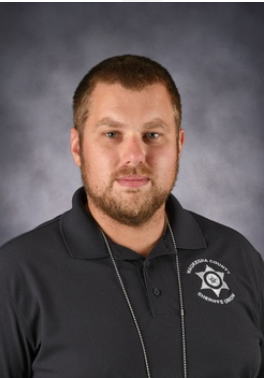How Students Prepared For the ACT This Year
On March 7th, Arrowhead juniors took the ACT. While seniors had off, freshmen and sophomores continued with their regular B day classes.
The ACT consists of four multiple choice tests–English, mathematics, reading, and science, along with a writing test. According to the ACT website, these tests are designed to measure skills that are most important for success and acquired in college education.
Albert.io provides 15 steps on how to study and prepare for the ACT. Step one is to take an ACT practice test.
“I think taking the practice test was pretty helpful for me. I’m always a bit nervous about tests in general so taking the ACT definitely was a bit nerve wracking and I think it was a smart decision to take a practice test,” said junior Mei Astle.
Step two is to list any personal weak areas students may discover after taking a practice test. Step three encourages finding a friend to work together to find a better understanding of any material that is being struggled with.
Junior Jordyn Hefter said she “worked with Mei to practice for the ACT and I think it’s pretty easy to find someone to help with each section. It’s also nice to have someone to make it seem a little less scary and it’s fun to have the company while preparing for the test.”
Steps four, five, and six are meant to help with time management. Four is to create a study schedule, five is to practice speed so that questions may be finished on time, and six is to learn to use that time wisely.
Seven encourages using an online resource or a physical book to look for quality questions and practice that will mirror the ACT.
Step eight is meant to decrease the amount of stress students may experience on the day of the test by learning the basic instructions of the test prior to test day. Although students are given the proper instructions and a bit of time to look over them themselves, this could help ease any lingering anxiety.
“I did have a little anxiety about the test, but after talking to some of my friends who already took the test last year and taking a practice test I felt better about it,” said junior Emma Groff.
Nine suggests students check out the ACT website with ten asking them to know and understand what will be in each section of the test.
Steps 11 and 12 are to learn to read for content quickly and reverse engineer questions to find a better understanding before actually answering.
Step 13 makes mention of learning to “guess” properly (make an educated guess) as a last result if any questions are truly unknown to the student.
Lastly, steps 14 and 15 are to prepare for the big day and be prepared on the day of. While students do have opportunities to retake the test, it is encouraged to prepare for and do their best on the first try.
